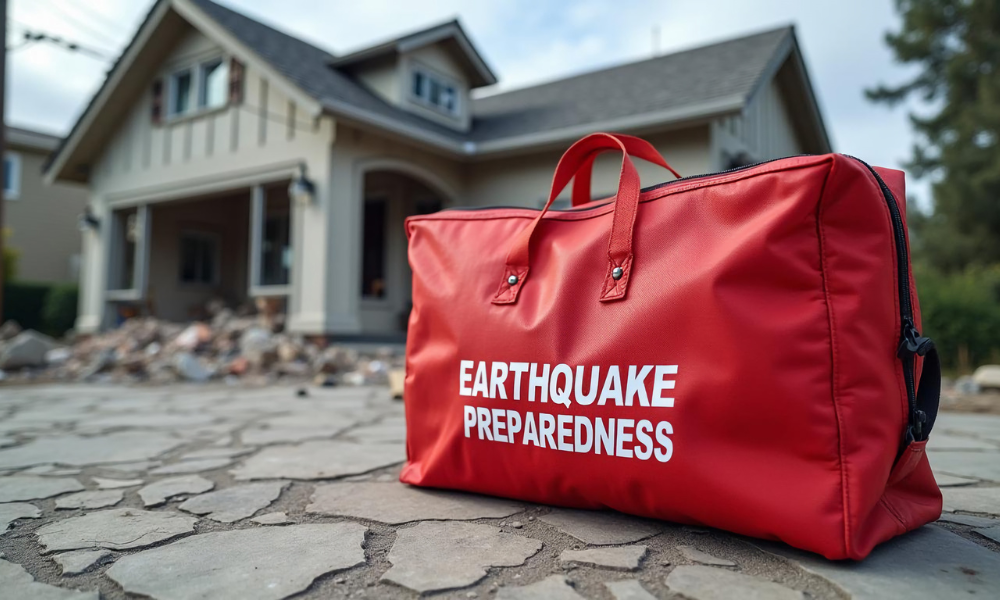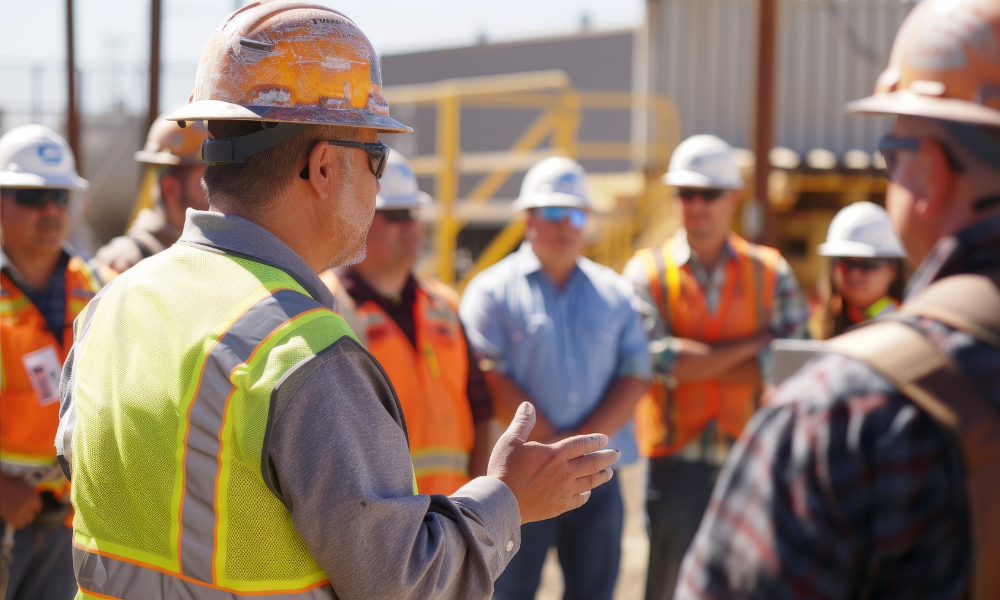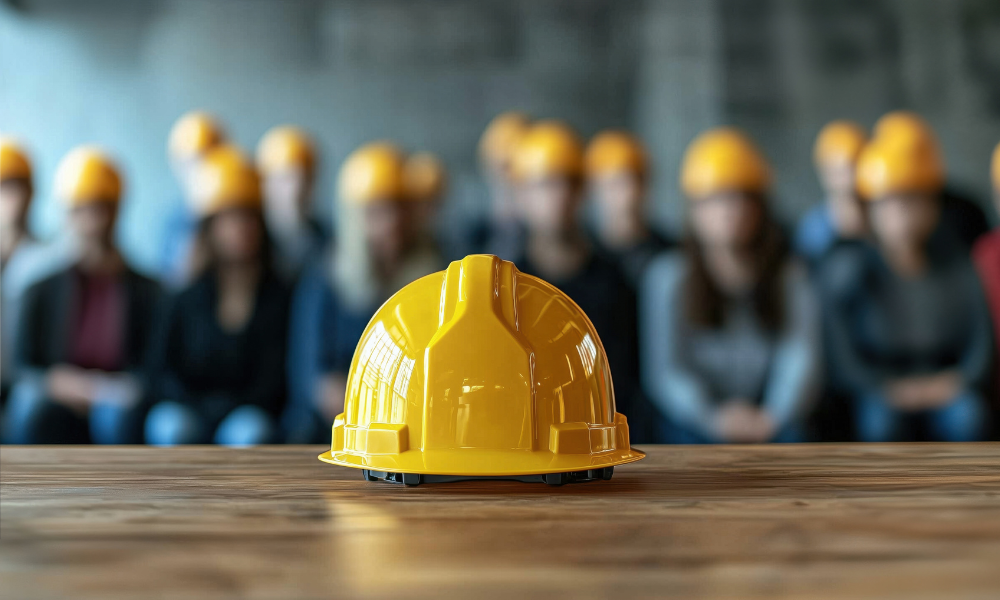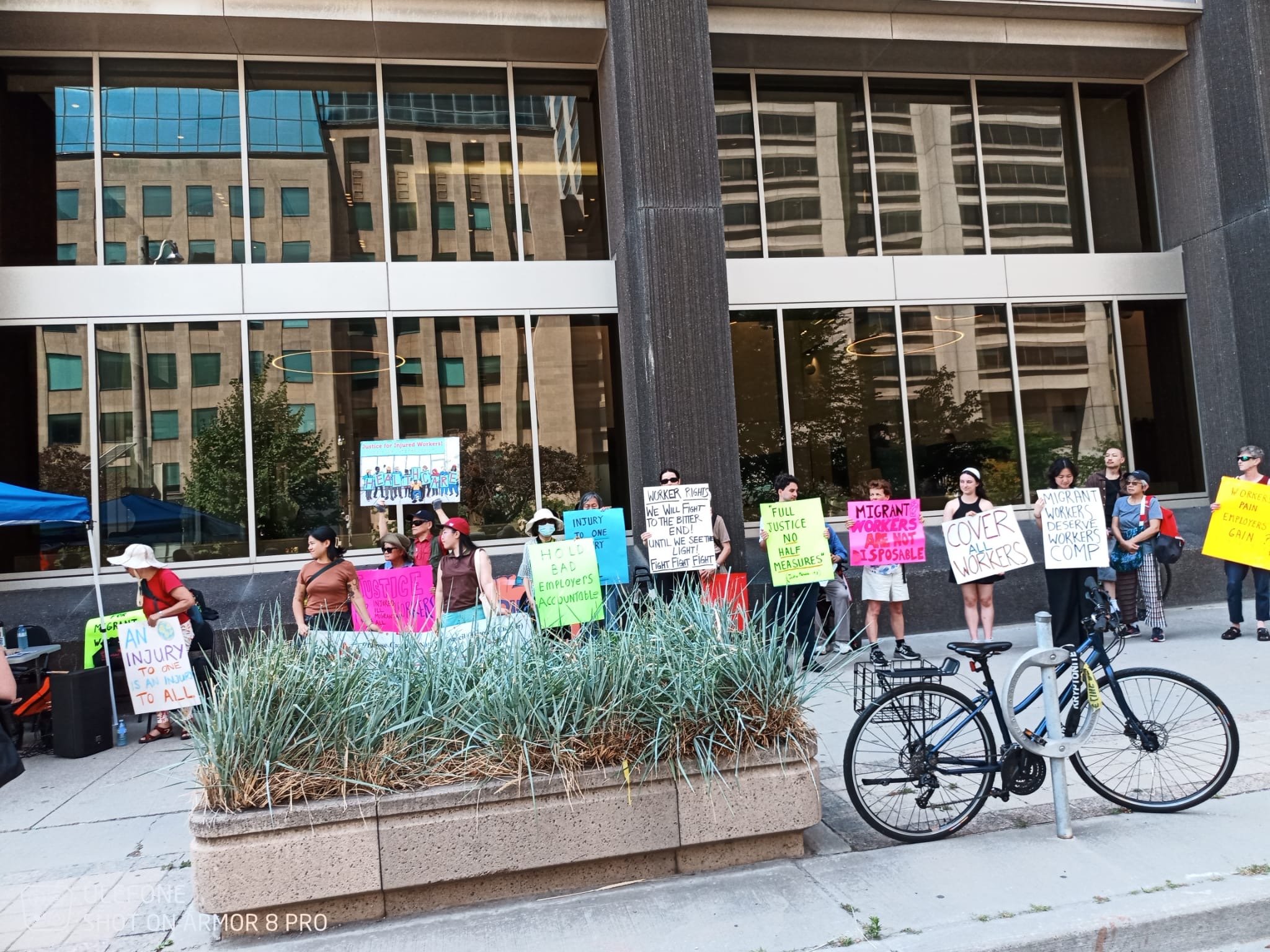The 'Star Trek Economy' and the future of workplace safety

The future is here, and according to RobotLAB CEO Elad Inbar, it looks a lot like the USS Enterprise—minus the warp drive (for now).
“The Star Trek economy is what I see as the next level of humankind,” Inbar says. “In Star Trek, no one works mundane jobs. Food just appears, everything gets cleaned automatically, and delivery happens without human hands. We’re getting closer to that future faster than people think.”
It sounds like science fiction, but for safety professionals in the services sector, the idea of robots handling the dirty, dull, and dangerous jobs is less about utopian dreaming and more about preventing workplace injuries. From cleaning and security to cooking and even firefighting, automation is stepping in where human workers either can’t—or won’t—go.
The labour shortage nobody wants to fill
The labour shortage in Canada isn’t a new problem, but it’s become a thorn in the side of industries that rely on entry-level workers. “We’re at this weird intersection where people don’t want to do these jobs anymore,” Inbar explains. “You’ve got folks who used to work in these roles moving up in their careers, and a younger generation that’s looking at YouTube, TikTok, or gig work instead of bussing tables or cleaning floors.”
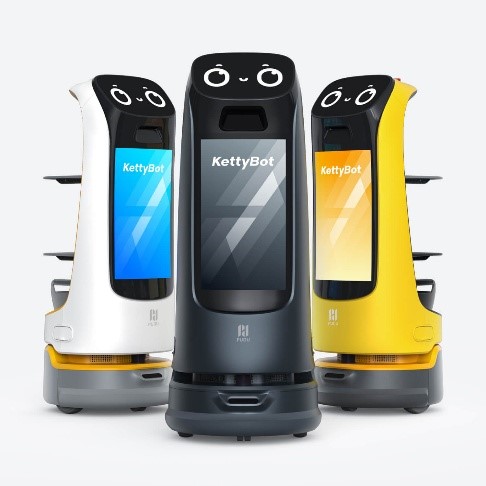
And let’s face it: convincing someone to scrub floors for minimum wage when they can make a few bucks posting dance videos is a tough sell.
That’s where robots come in. “We have robots that can clean floors, robots that can deliver room service in hotels, even firefighting robots,” Inbar says. “These aren’t gimmicks—they’re solving real problems.”
Robots: The ultimate safety officers?
For health and safety professionals, automation presents an interesting shift. Fewer humans doing high-risk, repetitive tasks could mean fewer injuries. Consider the humble hotel vacuum. In some U.S. states, Inbar points out, regulations require two people to operate a vacuum: one to do the work and another to monitor the power cord to prevent trips and falls. “A robot doesn’t need a cord. It just does its job—no trip hazard, no accidents,” he says.
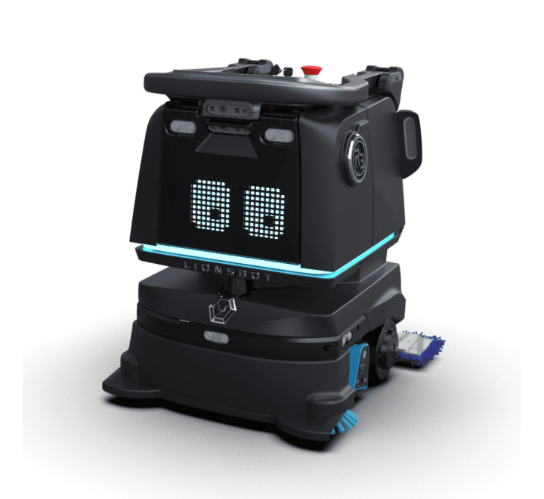
Then there’s floor cleaning. “These robots don’t just mop—they make sure there’s no water left behind. No puddles, no slips, no falls.” It’s a simple fix, but one that could significantly reduce one of the most common workplace injuries.
And for those in security, robots might be the upgrade no one knew they needed. “Some retail chains are paying security guards $55 an hour to sit in a parked car and scroll through their phones,” Inbar says with a laugh. “A security robot actually patrols, scans license plates, monitors for open doors or lights at odd hours. It’s proactive, not reactive.”
But what about jobs?
Inevitably, the conversation circles back to the classic fear: robots stealing jobs. Inbar doesn’t buy it. “Robots aren’t taking jobs—they’re stepping in where people don’t want to work,” he insists. “We’re not telling companies to fire everyone and hire robots. But when there’s a gap, when no one is willing to fill a role, automation is a game-changer.”
At the end of the day, the Star Trek economy might not beam us into a work-free future just yet, but if robots can keep floors dry, eliminate trip hazards, and replace night-shift security guards who’d rather scroll Instagram, maybe it’s a future worth embracing.
As Inbar puts it, “technology is finally at the point where it can do the jobs people don’t want to do. And if that means a safer, more efficient workplace, why wouldn’t we use it?”


